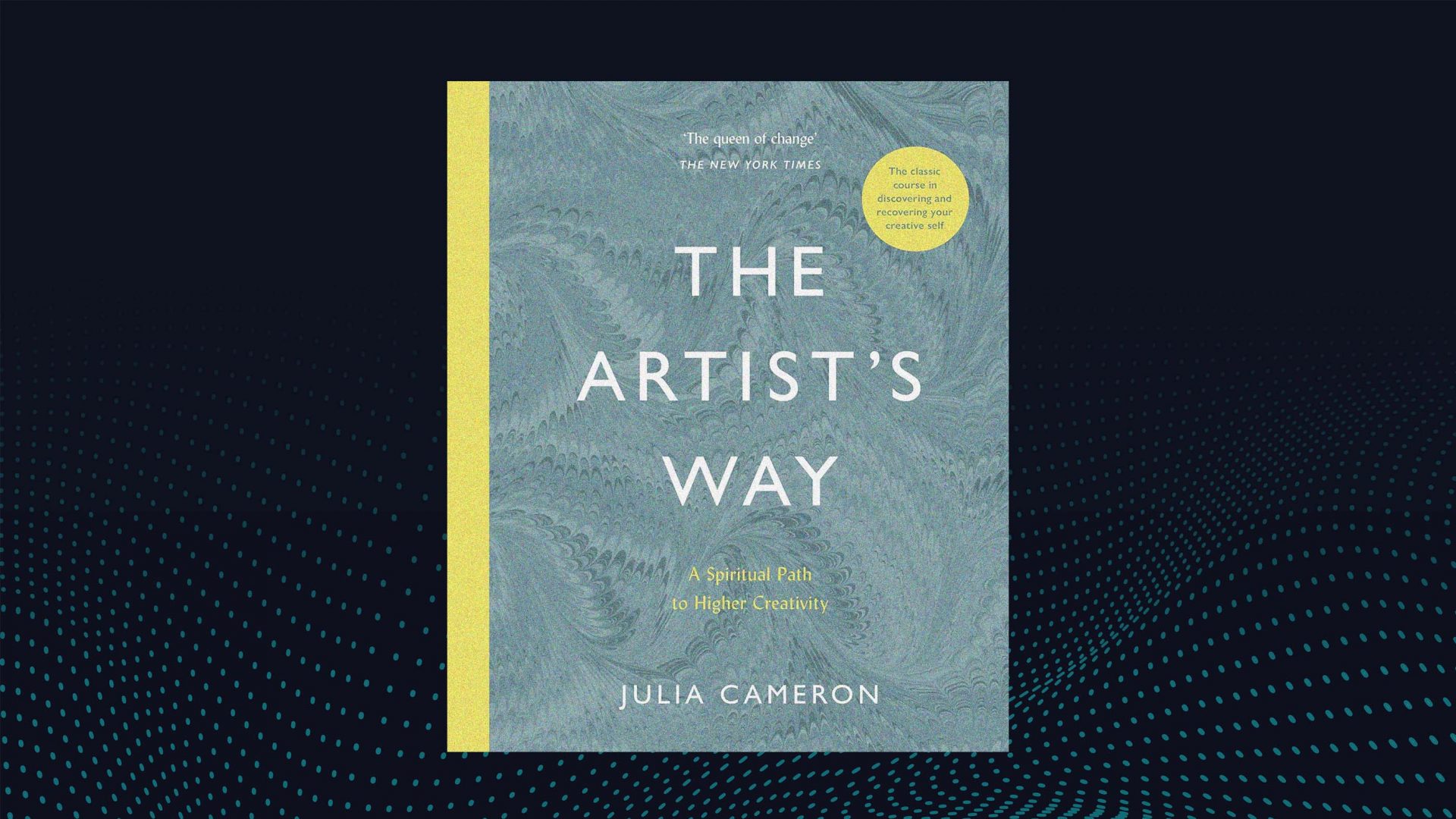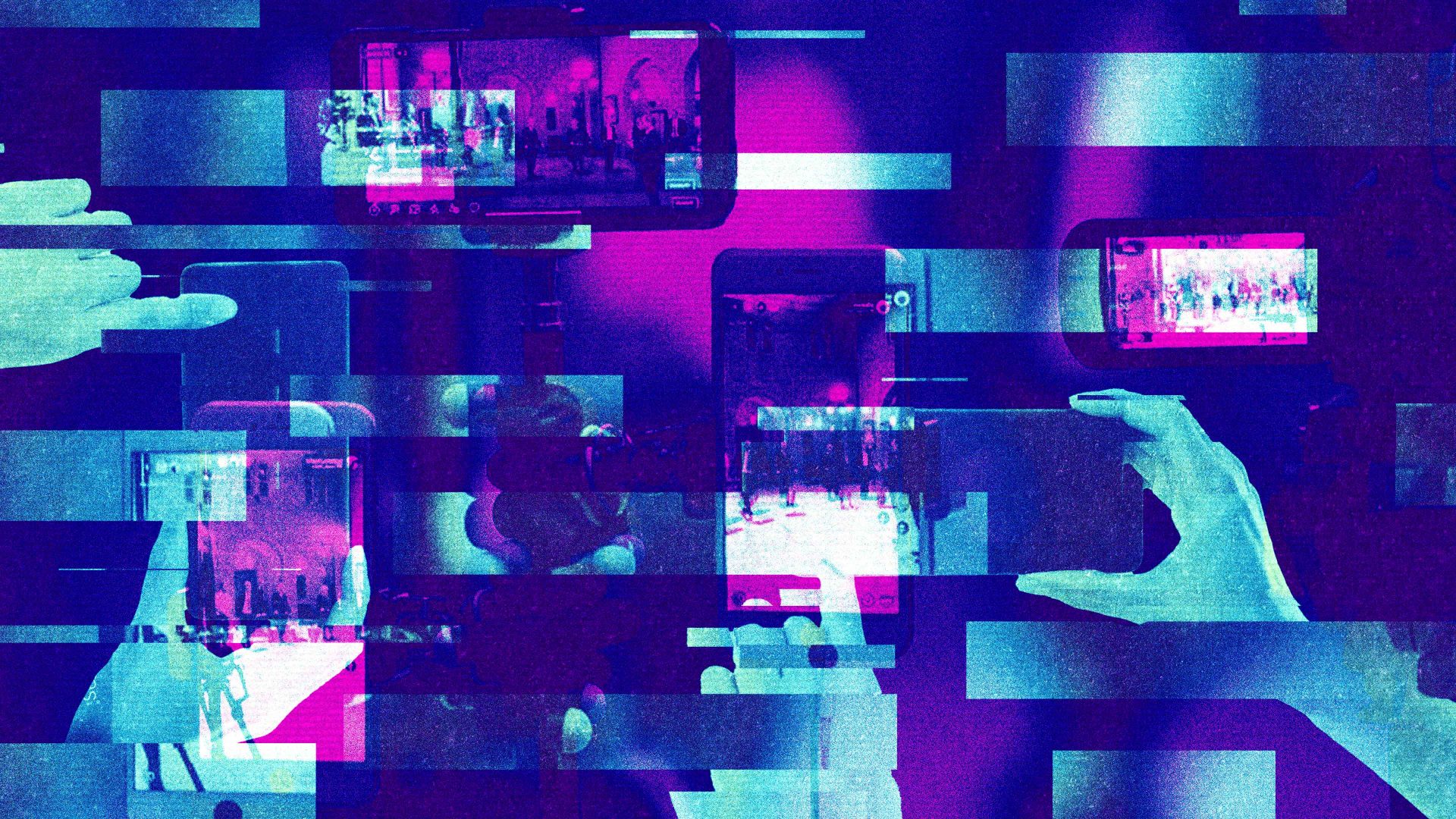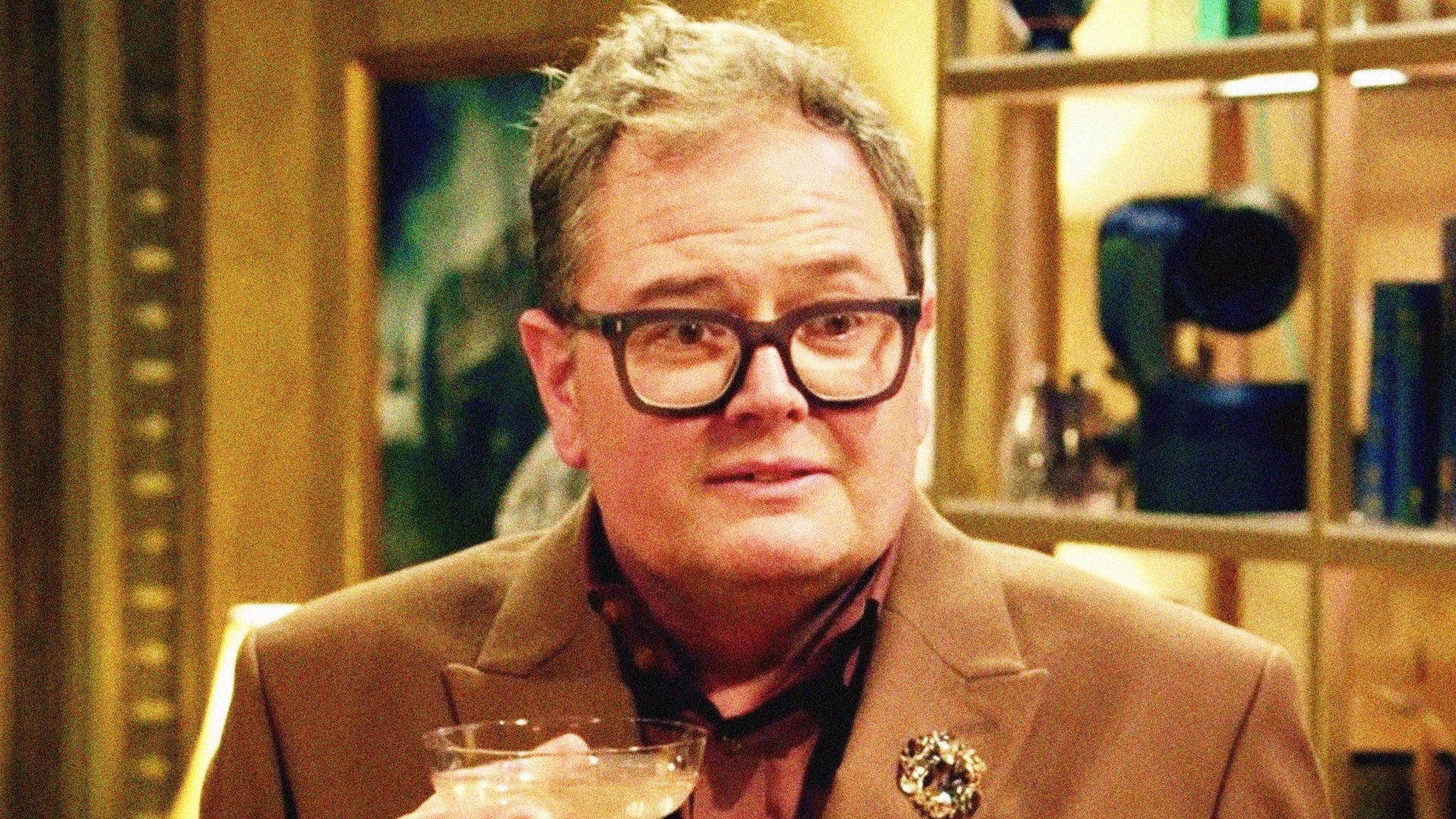I have a natural distrust of self-help books. I refuse to believe that there is a one-size-fits-all solution to the complex problems of human existence. Too often, these books either uphold cynical capitalist ideals, such as hyper-productivity, or veer into pseudo-scientific principles that lack real depth.
But when Grammy award-winning rapper Doechii shared how one such book helped her work through her creative blocks and embrace her bisexuality more freely, I was cautiously intrigued.
The book in question, The Artist’s Way: A Spiritual Path to Higher Creativity by Julia Cameron, was originally self-published over three decades ago and quickly achieved enormous commercial success. My first thought was that if there was one aspect of the human experience that could not be reduced to a clever hack or a set of rules, it was creativity.
Several philosophers have suggested that creativity can neither be taught nor fully understood. Immanuel Kant observed that teaching relies on a fixed set of principles. This, he argued, is antithetical to true creativity, which does not consist in applying pre-existing rules, but in inventing new ones. Moreover, the process by which artists bring about this novelty remains mysterious, even to the artists themselves.
For Plato, poets do not create through skill or knowledge, but are moved by a kind of divine inspiration, or even a kind of madness, neither of which can be distilled into “how-to” bullet points.
And yet Doechii, one of the most exciting and innovative artists working today, credits The Artist’s Way with her “creative recovery” and her meteoric rise. Against my better instincts, I decided to take a leap of faith.
My patience was immediately tested when I found that the second-hand edition I bought was endorsed not only by Elizabeth Gilbert, the author of Eat, Pray, Love (not really my cup of tea), but also by disgraced comedian-turned-grifter Russell Brand. The strong spiritual element of Cameron’s main argument also left me suspicious. In a nutshell, she claims that, as humans, we are all creative because we are ourselves creations. Creativity, she insists, is a gift from God that we honour by creating.
But alongside these proclamations, which to me felt both vague and slightly grandiose, her core message leaned solidly on common sense in a way that put me more at ease. This was not a get-rich-quick scheme urging me to chase productivity, nor did the author promise her 12-week course would be easy or comfortable: “there is no quick fix for instant, pain-free creativity”. In fact, her advice, if followed seriously, would probably bring about significant emotional tumult.
I was reassured to find that Cameron treats creativity with the respect it deserves: not as something to be taken lightly, and certainly not as something to be reduced, as we often do today, to the production of “content”. What reassured me the most, though, was her admission, right from the outset, that creativity cannot be taught. Instead, she insists, she can only “teach people to let themselves be creative”.
Suggested Reading
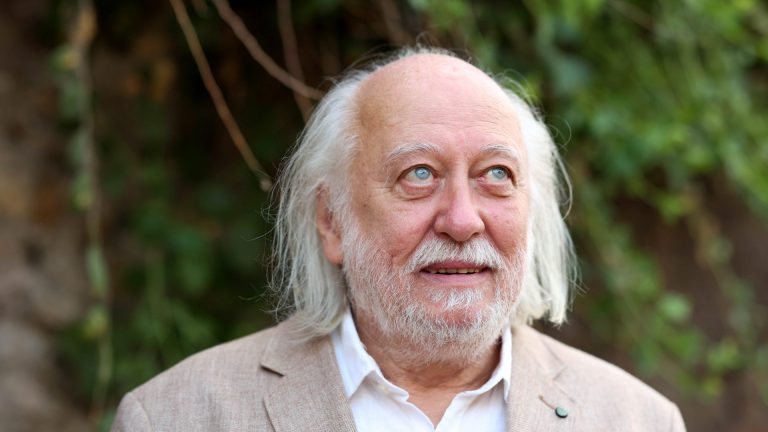
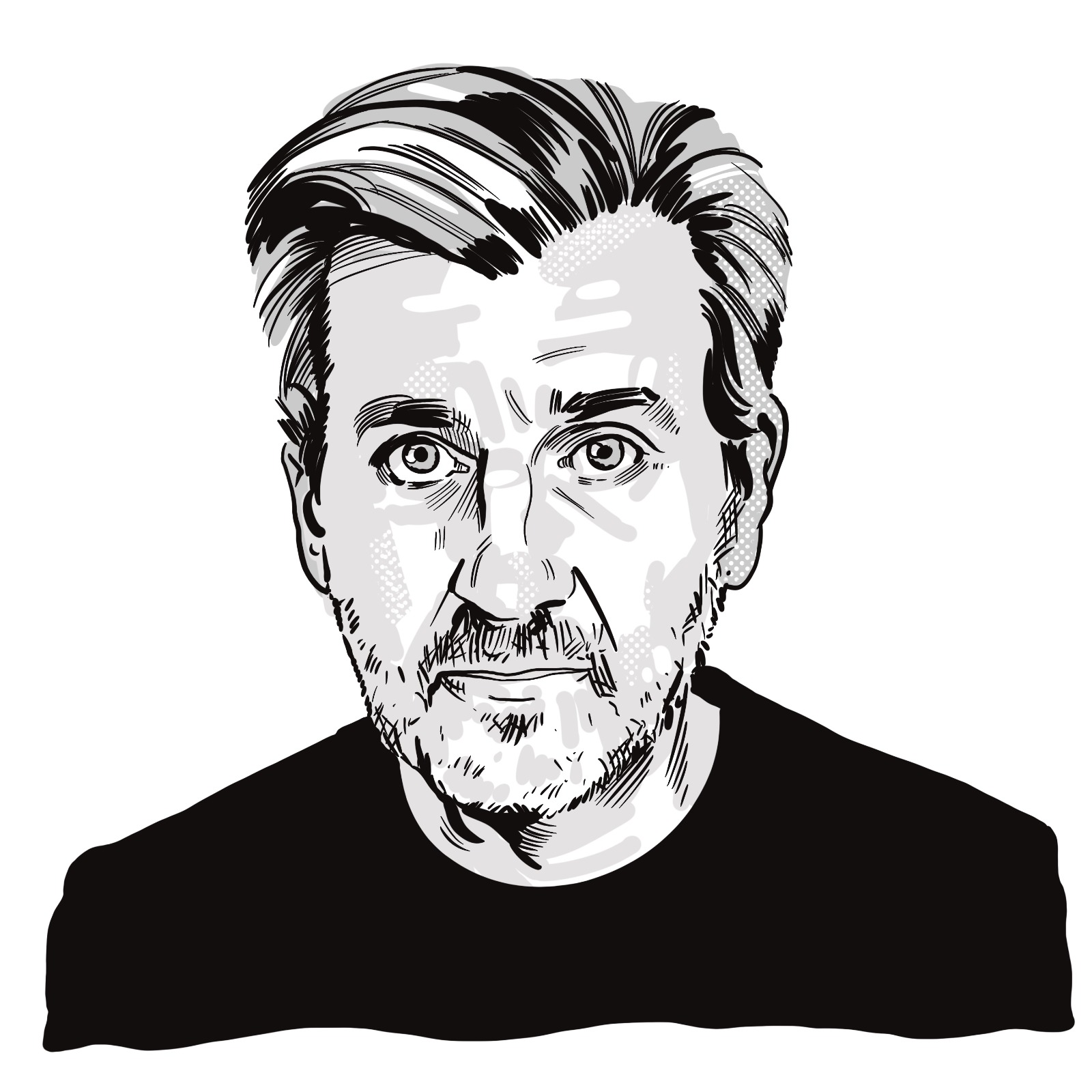
László Krasznahorkai’s long and winding Spanish tale
The distinction is important. Whether one believes, as Plato did, in something like divine inspiration, or simply acknowledges the mysterious nature of the act of creating, most can agree that creativity requires a mindset of openness, or receptivity, that is not always easy to achieve, let alone maintain. So many of us feel the urge to create yet find ourselves perpetually unable to follow through.
I have found that creative block often takes the form of mental oversaturation. There are too many tabs open on my computer and too many unfinished thoughts in my head crashing into one another, leaving no room for anything interesting to emerge.
In true self-help form, Cameron calls the process of recovering our creativity “filling the well”. This can only happen during leisure, by rediscovering a child-like sense of play and paying attention to the details of everyday life, rather than letting our minds become oversaturated by the exhausting torrent of notifications and endless scrolling that populate our days.
Smartphone addiction was hardly a concern in 1992, when Cameron published The Artist’s Way, yet the tools she proposes seem tailor-made for our screen-cluttered world, which perhaps explains the book’s recent revival. Most of these tools may appear obvious, though they are not always easy to fit into a busy life: carving out time for aimless curiosity, challenging negative voices (both internal and external), and confronting the guilt we may have internalised.
The one I have found most helpful is the non-negotiable daily practice of the “morning pages”. Every morning, I set aside time to write three pages of stream-
of-consciousness thoughts. They don’t need to be interesting, and they don’t even need to be coherent. Crucially, they are not written to be read, not even by me.
In the month or so since I began this practice, I have observed a drop in my anxiety levels, and an increase in my ability to form new, sometimes surprising, ideas. This may be due to the cathartic nature of the brain dump, or the absence of an imagined reader hovering over my shoulder. But I think it is mainly because this exercise provides a starting point for the mind to wander, unconstrained by goals, utilitarian imperatives, or predetermined principles.
When creativity is so often reduced to cynical notions of marketable content, or threatened by plagiaristic artificial intelligence, there is solace to be found in practices like the morning pages, moments of introspection not beholden to objectives or productivity.
Yet quiet, uncommodified self-discovery unfortunately remains a privilege reserved for those with spare time and a room of their own. That a book promising to help us recover lost or stifled creativity has become such an enduring bestseller says something about what we choose to prioritise as a collective. Perhaps creativity can’t be taught, but we could certainly do more to give it room to blossom.
The Artist’s Way is published by Souvenir Press
Emily Herring is a freelance writer/editor


